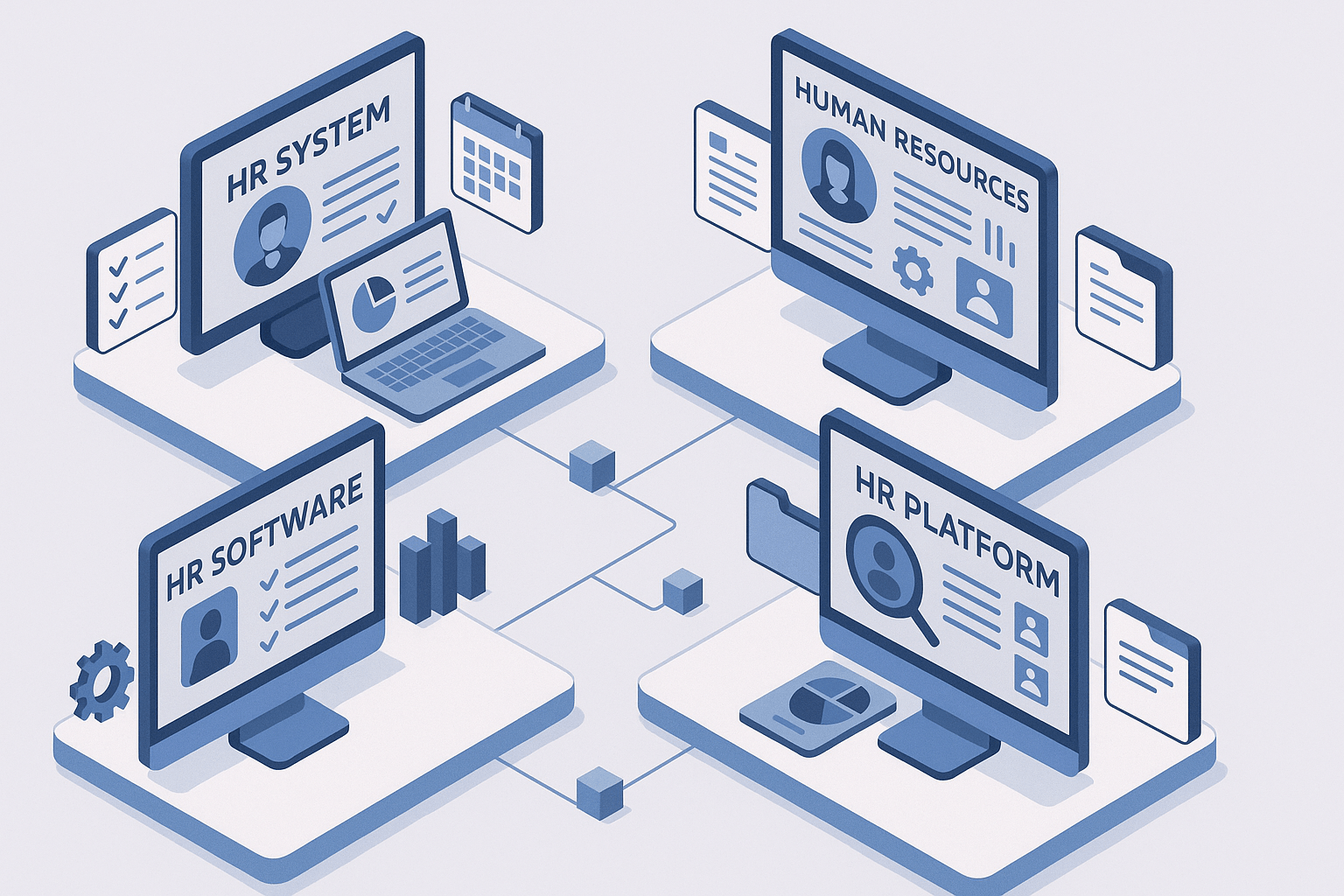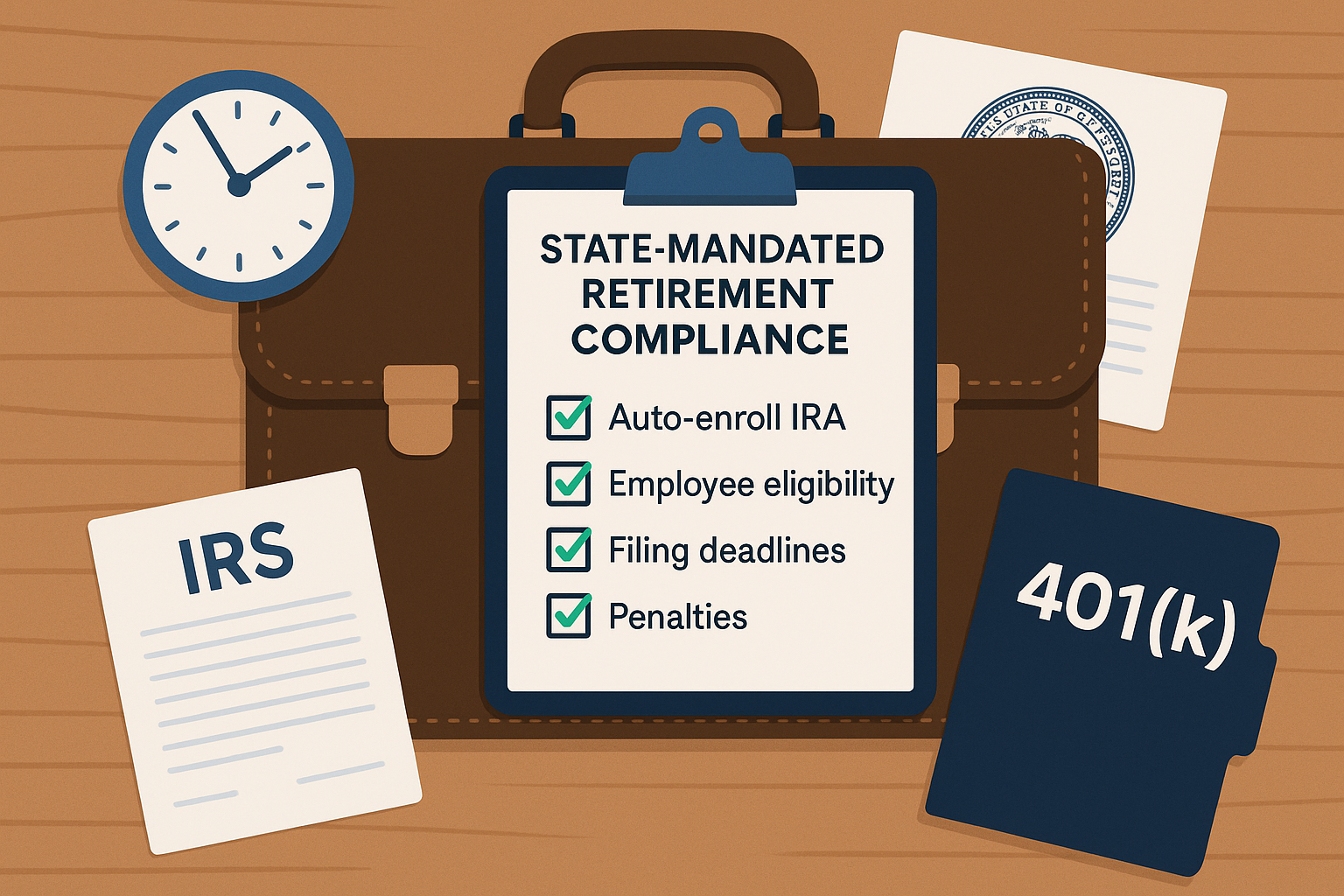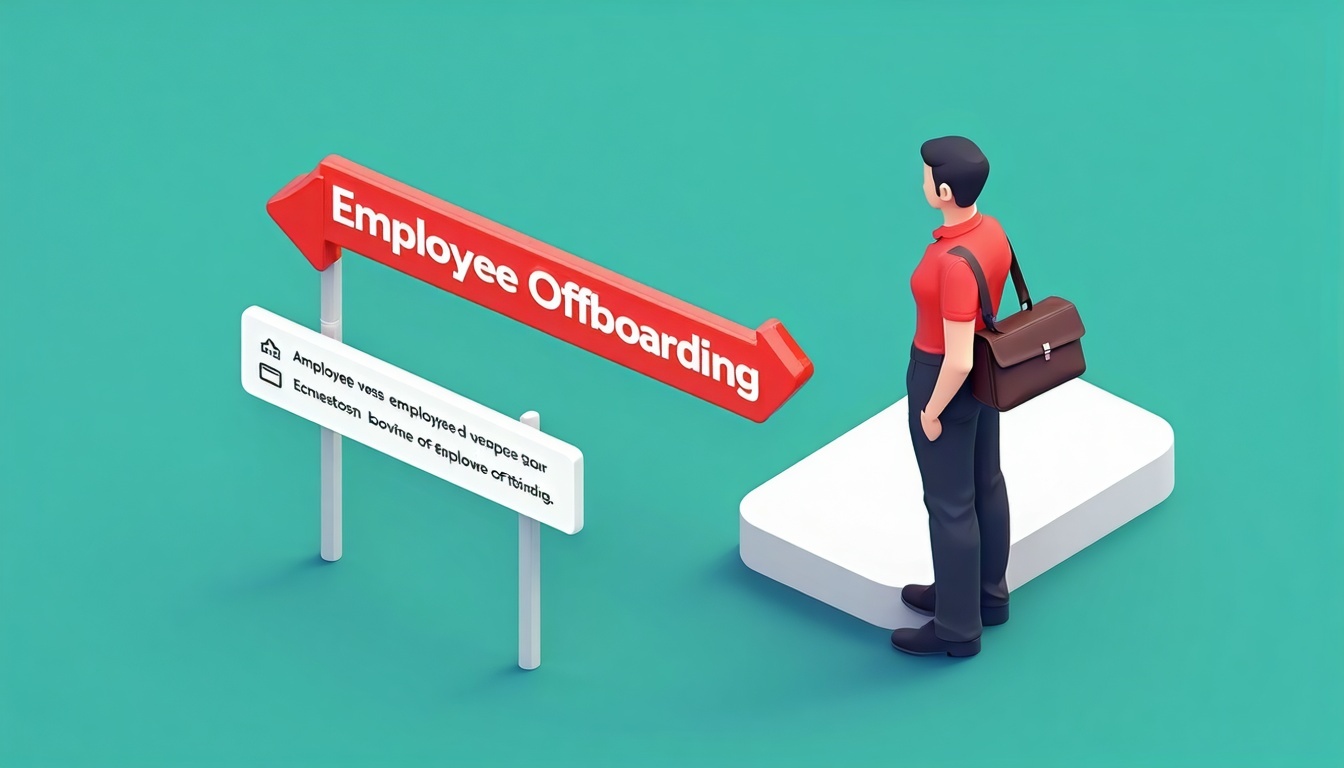Mastering FMLA Compliance: A Guide for Employers
May 8th, 2025
6 min read

When an employee requests extended leave for a medical issue, making the right decision is crucial—both for legal compliance and business continuity. With FMLA complaints against employers increasing by 17% over the past five years and average settlements exceeding $80,000, the stakes are high.
At Lift HCM, we've guided hundreds of organizations through FMLA implementation with our specialized human capital management solutions. This article will provide you with a clear roadmap for handling FMLA with confidence—protecting both your employees and your business.
Table of Contents
- What is FMLA and Why Does it Matter?
- Understanding Employer and Employee Eligibility
- Types of Leave Covered Under FMLA
- How to Handle Intermittent FMLA Leave
- How FMLA Interacts with Other Laws
- Putting FMLA Knowledge into Practice
What is FMLA and Why Does it Matter?
The Family and Medical Leave Act (FMLA) is a federal law that provides eligible employees with up to 12 weeks of unpaid, job-protected leave per year for specific family and medical reasons. It also ensures continuation of group health insurance during the leave.
The Cost of Non-Compliance: Financial Implications
The financial ramifications of improper FMLA administration extend far beyond potential regulatory penalties. Recent enforcement data illustrates the substantial risks:
| Compliance Factor | Financial Impact |
| Average FMLA settlement | $87,500+ |
| Legal defense costs | $50,000-$250,000 |
| Employee replacement | 50-200% of annual salary |
| DOL penalties | Up to $10,000 per violation |
These figures don't capture additional costs like decreased productivity, administrative burden, and reputational damage that often accompany FMLA disputes.
💡 Pro Insight: Organizations with structured FMLA processes report 24% higher employee retention rates and 37% fewer compliance violations compared to those without formalized programs.
Understanding Employer and Employee Eligibility
Before approving or denying FMLA leave, you must determine if both your organization and the requesting employee qualify under the law.
FMLA Coverage for Employers
Your business must comply with FMLA if it falls into one of the following categories:
-
Private-sector employers with 50 or more employees within a 75-mile radius
-
Public agencies, including local, state, and federal government offices, regardless of size
-
Public and private elementary or secondary schools, regardless of size
📌 Pro Tip: Even if your business doesn't meet FMLA criteria, check your state laws—many offer similar protections that may apply to smaller employers.
FMLA Eligibility for Employees
Even if your business is covered under FMLA, not all employees automatically qualify. An individual employee must meet all of the following criteria:
-
Employment Duration: Worked for you for at least 12 months (the months don’t need to be consecutive)
-
Hours Worked: Logged at least 1,250 hours during the past 12 months—about 24 hours per week on average
-
Worksite: Works at a location with 50 or more employees within a 75-mile radius
Eligibility Examples:
-
A full-time employee who’s been with your company for two years: Eligible
-
A part-time worker who’s only worked 1,000 hours this year: Not eligible
-
A new hire who started six months ago: Not eligible
Keep in mind these questions when determining an employee’s length of service eligibility:
 If the answer to all three of these questions is “yes,” the employee qualifies for length of service eligibility. If the answer to any of these questions is “no,” the Company will determine if
If the answer to all three of these questions is “yes,” the employee qualifies for length of service eligibility. If the answer to any of these questions is “no,” the Company will determine if
the employee is eligible for any leave under the FMLA at this time.
Types of Leave Covered Under FMLA
Not every absence qualifies for FMLA leave. Employees can only take FMLA leave for specific medical and family-related reasons. Understanding these categories will help you determine whether a request is valid.
1. Medical Leave for the Employee’s Own Health Condition
Employees can take FMLA leave if they have a serious health condition that makes them unable to perform their job. This includes:
- Chronic conditions (e.g., asthma, diabetes, epilepsy) requiring ongoing medical treatment.
- Long-term or incapacitating conditions (e.g., cancer, severe arthritis, heart disease).
- Hospitalization or inpatient care for any serious illness or injury.
- Pregnancy and childbirth-related conditions, including prenatal care and recovery.
2. Family Leave to Care for a Loved One
Employees may also take FMLA leave to care for an immediate family member (spouse, parent, or child) with a serious health condition. However, FMLA does not cover leave to care for extended family members like grandparents, siblings, or in-laws (unless state laws expand coverage).
3. Parental Leave for Birth, Adoption, or Foster Care
FMLA allows up to 12 weeks of leave for:
- The birth and bonding period for a new child (maternity/paternity leave).
- Adoption or foster care placement, including time needed for legal or travel-related processes.
Both mothers and fathers are entitled to equal FMLA leave for these reasons.
4. Military Family Leave
FMLA also provides special protections for military families, including:
- Qualifying Exigency Leave – Up to 12 weeks for urgent matters related to a family member’s active-duty military service (e.g., deployment, childcare, financial arrangements).
- Military Caregiver Leave – Up to 26 weeks to care for a service member or veteran with a serious injury or illness.
How to Handle Intermittent FMLA Leave
One of the biggest challenges employers face with FMLA is intermittent leave—when employees take leave in smaller, non-consecutive increments rather than all at once. This can make scheduling and productivity management more difficult, but with the right strategies, you can stay compliant while keeping operations running smoothly.
What is Intermittent FMLA Leave?
Intermittent leave allows employees to take periodic time off for a qualifying condition rather than using their FMLA leave all at once. This includes:
- Planned medical treatments (e.g., ongoing chemotherapy, physical therapy, prenatal care).
- Unpredictable absences due to chronic conditions (e.g., severe migraines, asthma attacks).
- Reduced work schedules when an employee can still work but for fewer hours per day or week.
📊 Industry Insight: According to SHRM surveys, 76% of HR professionals identify intermittent FMLA leave as their most significant compliance challenge, particularly regarding documentation and absence patterns.
Effective Strategies to Manage Intermittent FMLA Leave
- Require Proper Medical Certification
- Employees must provide medical documentation stating the need for intermittent leave.
- The certification should specify how often and how long the employee is expected to be absent.
- Enforce a Call-In Procedure
- Set clear rules for how employees must notify you of absences.
- Advance notice is required for planned treatments whenever possible.
- Employees should follow the same call-in policy as other absences unless a medical emergency prevents it.
- Track and Document Leave Accurately
- Record leave in hourly or daily increments, depending on how it's used.
- Use HR software or timekeeping tools to track FMLA usage properly.
- Minimize Disruptions with Workforce Planning
- Cross-train employees so others can step in when an employee is on leave.
- Adjust shift schedules proactively when an employee needs ongoing time off.
- If leave creates a hardship, consider temporary staffing solutions.
- Prevent FMLA Abuse
- If intermittent leave patterns seem suspicious (e.g., always falling on Mondays and Fridays), you can request recertification.
- Employers can deny FMLA leave if the employee fails to provide the required documentation or follow company procedures.
- Be consistent in applying policies to avoid discrimination claims.
Intermittent leave can be complex, but clear policies, proper documentation, and effective workforce planning will help you maintain compliance while minimizing business disruptions.
How FMLA Interacts with Other Laws
FMLA does not exist in isolation. It often overlaps with other laws, including the Americans with Disabilities Act (ADA) and workers’ compensation laws. Understanding these interactions is crucial to ensuring compliance and avoiding legal missteps.
FMLA vs. Americans with Disabilities Act (ADA)
The ADA requires employers to provide reasonable accommodations to employees with disabilities, which can sometimes include extended leave beyond the 12 weeks allowed under FMLA.
Key differences:
- FMLA: Provides up to 12 weeks of unpaid leave for a serious health condition.
- ADA: Additional leave or workplace accommodations may be required if the condition qualifies as a disability.
How they overlap: If an employee exhausts FMLA leave but still cannot return to work due to a disability, employers must evaluate whether additional leave or adjustments to job duties are reasonable under the ADA.
FMLA vs. Workers’ Compensation
Workers’ compensation provides wage replacement and medical benefits for employees injured on the job. Sometimes, a work-related injury also qualifies as a serious health condition under FMLA.
Key differences:
- Workers’ compensation: Covers job-related injuries and provides partial wage replacement during recovery.
- FMLA: Covers any qualifying serious health condition, regardless of whether it is work-related, but does not require wage replacement.
How they overlap: An extended leave for an injured employee can count as both workers' comp and FMLA. Employers can't force FMLA use if covered by workers' comp, but may designate it as FMLA if applicable.
State Family Leave Laws
Many states have their own family and medical leave laws, some of which provide:
- Additional leave time beyond the 12 weeks granted under FMLA.
- Paid family leave options.
- Coverage for smaller businesses that do not meet FMLA’s 50-employee threshold.
How they overlap: If federal FMLA and state leave laws both apply, employers must follow whichever law provides greater benefits to the employee.
Employers should always review state laws and consult legal counsel when handling complex leave situations. For comprehensive guidance on developing FMLA policies and procedures, these authoritative resources provide valuable templates and insights:
- FMLA: General Guidance
- DOL Employee Guide to FMLA
- American Bar Association: FMLA Legal Updates
- DOL FMLA Forms and Templates
Putting FMLA Knowledge into Practice
Navigating FMLA compliance can feel daunting, but with a clear understanding of the requirements, you can protect your business and support your employees effectively. We've walked through the essentials: identifying who is covered, recognizing the different types of leave, managing the challenges of intermittent leave, and understanding how FMLA interacts with other critical laws.
Staying compliant isn't just about avoiding penalties; it's about fostering a supportive workplace and retaining valuable talent. While the details can be complex, remember that a structured approach, proper documentation, and clear communication are your strongest tools.
If you're still feeling overwhelmed or want to ensure your FMLA processes are robust and compliant, consider exploring our specialized human capital management solutions designed to streamline leave management. At Lift HCM, we believe by taking proactive steps today, you can save you significant time, resources, and potential legal headaches down the road. Empower yourself with knowledge and the right tools to handle FMLA with confidence!
Caitlin Kapolas is a results-driven professional with a strong background in account management and retail. She is dedicated to improving client experiences and building lasting relationships. Caitlin excels in identifying client needs, resolving issues, and implementing customized solutions that drive value. Her effective communication skills ensure high client satisfaction and loyalty, making her a trusted advisor and partner in meeting client needs with precision and professionalism.




.png?width=473&height=315&name=Digital%20Employee%20Experience%20DEX%20in%20HCM-21%20(1).png)





















